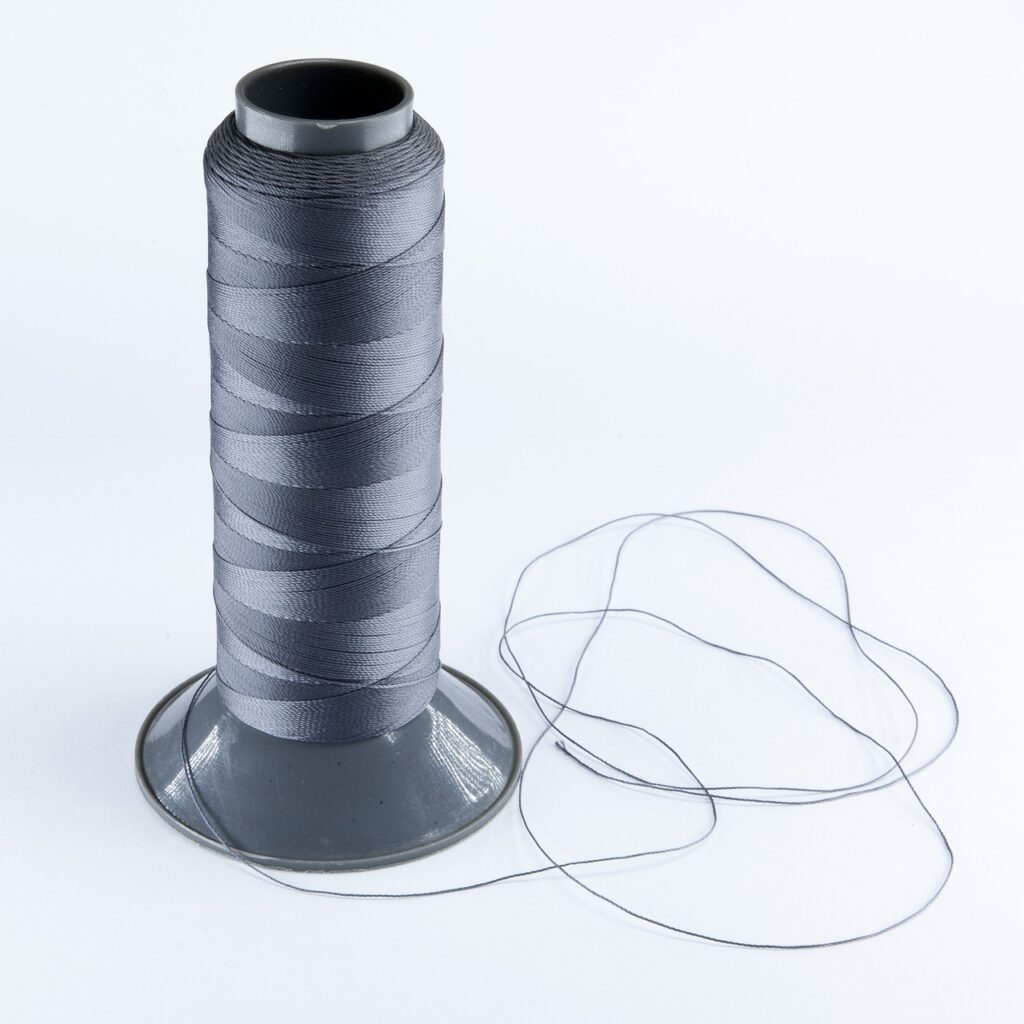There are four processes to good bricklaying and if you always follow these principles you will make a good job of your projects.
1 Gauge
When you lay your first brick in mortar you need to gauge it. This requires either a profile or a gauge rod with markings of 75 mm gaps along the rod. When you lay the brick you push the brick down making the mortar squeeze out until the top of the brick is in line with the first mark on the rod. The rod is actually put against the brick to check that it is in line with the first marking. This tool is only used on the first brick on successive courses.

2 Plumb ( vertical )
Once the brick is gauged and made level with the spirit level you then palace the level vertically up against the corner and ensure that as the bricks touch the level ie. the bubble on the top is in the middle. If not you will need to move the bricks to fit the plumbed level accordingly.

3 Level. (Horizontal)
The gauged ,plumbed brick at the corner will need a brick at the other end of the wall which should be levelled to it. This second brick is positioned. Next the level put on top of the second brick and levelled to the first by pushing it down on mortar till horizontal and the bubble is in the middle of the spirit level.

4 Line.
Finally you attach a string line to the two end levelled bricks. This can be done by wrapping the line around another 2 bricks and placing it on top of the end two making sure the line is tight whilst just touching the top front corner of the brick. Once you have the tight line in place you can start laying the intermediate bricks so the corner of each one touches the line. You will need to butter the ends of the bricks with mortar to allow a 10mm joint between each brick. These joints are known as perps and the gauged joint under the brick are known as the bed joint.
Peter Bull ( Bricklaying tutor and author of the book Get Intouch With Your Startup building business)

